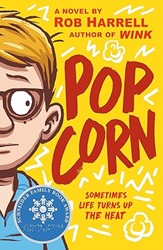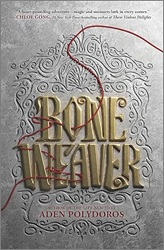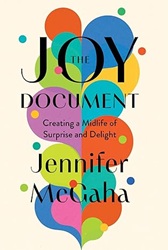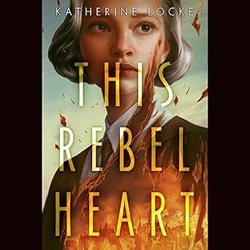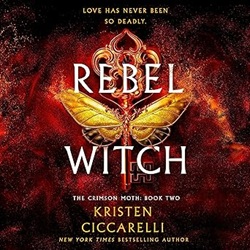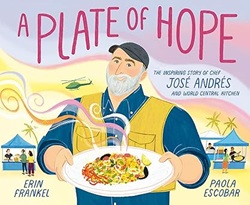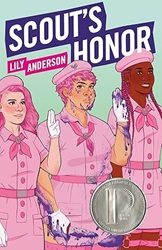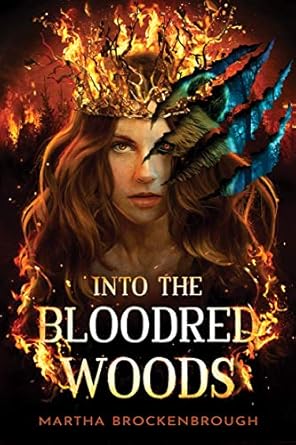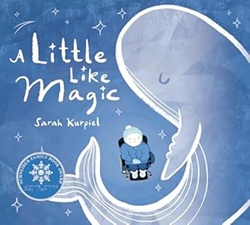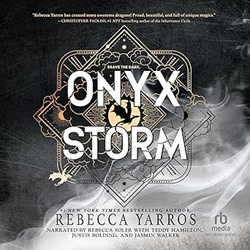 Onyx Storm
Onyx Storm
by Rebecca Yarros
read by Rebecca Soler, Teddy Hamilton, Justis Bolding, and Jasmin Walker
Recorded Books, 2025. 23 hours, 53 minutes.
Review written February 26, 2025, from a library eaudiobook.
I’m going to sound like a bit of a curmudgeon in this review, so let me begin by saying that I don’t review books I don’t like. And I certainly don’t spend 24 hours listening to a book I don’t like. So I did enjoy this book, and I’m very engaged with this series and will be reading the next book. I didn’t enjoy it quite as much as the first two, though.
First off, this series doesn’t waste any time catching up the reader on what went before. It’s very much a continued story, not “companion novels.” It had been a year since I listened to the previous book, and I didn’t really remember the many characters, who was a dragon rider as opposed to who was a griffin flyer, for example. (Though, funny thing, the people I remembered least were the ones most in danger of dying – they felt like the red shirts of the story.)
So I’m only going to speak in general terms about what happens. It’s the continued story of Violet Sorengale – a cadet at Bezgaeth War College who is bonded to two powerful dragons. Oh, I should say that I loved the portrayal of Andarna as an adolescent dragon. Her whiny tone was delightful! A continued strong point of this series is the characters and the bonds they’re forming with each other.
First, there’s lots and lots of sex. I did laugh when Violet and Xaden broke furniture again. Though it’s kind of their trademark. But I also laughed about two-thirds into the book when they were obviously going to have sex and they closed and locked a door (using lesser magic) – and then the author actually ended the scene! I felt like that was a progression in Violet’s experience. She no longer had to gasp at every touch.
A good chunk of this book was a group of them exploring some distant islands, looking for allies and for more dragons of Andarna’s kind. That was an interesting development. But then each island served a different god and had different unusual customs and hoops that visitors had to go through – and that felt silly and unlikely after a while.
Speaking of contrived things, I recently finished another book using the trope of Everyone-Has-A-Magical-Power – and there are always ways that particular trope doesn’t work for me – you really do have to not think about it too hard. Because I’m sorry, but shadows do not have substance! The whole shadow-wielding idea – that you can make shadows hold someone up while having sex or choke someone in a battle – yeah, I have trouble believing that would work. And some of the other “signets” are problematic for me as well. But mostly, in the middle of the story, that’s not a big issue, and I’m caught up in the tale.
Now, the last big climactic battle took three hours of the audiobook. And that’s after a whole lot of fighting in the book already. So this is an audiobook where the narrator is describing lots of fighting and lots of sex – and it must have been exhausting for her! But by the time I was listening to the final battle, the narrator’s voice expressing excitement kind of flew past me. Exciting thing after exciting thing – and it stopped being exciting for me.
Now, I listen to audiobooks while I’m doing other things, so to really remember what’s going on, before the next book comes out, I should probably try rereading the entire thing in print. Trouble is, I doubt I’d want to give that much time to it – so I’ll probably be content with enjoying the story but maybe being a little confused – as I was with this one.
Speaking of confusion – the ending is kind of the opposite of a cliffhanger. A cliffhanger ending leaves you wondering what will come next. This ending left me wondering what just happened.
Without giving anything away, the big final battle took the last three hours of the book – and the final part of it was when we got to hear from three more narrators, for a nice change of pace and more perspectives on this enormous fight. At the end of the battle, Violet passed out. The story starts again twelve hours later in a different location, and Violet is told several very surprising things – but we don’t know why or how they happened. And then the book ends.
So by the time the next book comes out, I’m not sure I’ll remember what I was confused about. I’m also not at all sure where it’s going next – but I am sure that I’m going to want to go along for the ride.
rebeccayarros.com
Buy from Amazon.com
Find this review on Sonderbooks at: www.sonderbooks.com/Fiction/onyx_storm.html
Disclosure: I am an Amazon Affiliate, and will earn a small percentage if you order a book on Amazon after clicking through from my site.
Disclaimer: I am a professional librarian, but the views expressed are solely my own, and in no way represent the official views of my employer or of any committee or group of which I am part.
What did you think of this book?
